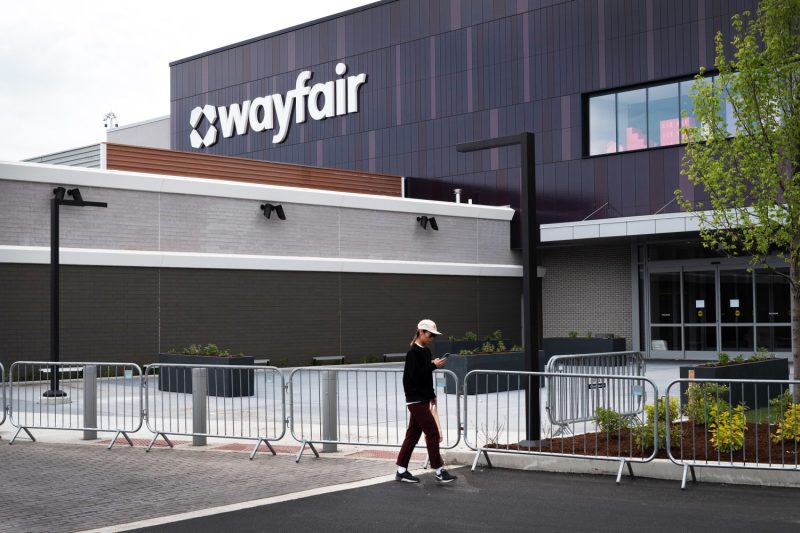Wayfair, one of the largest e-commerce companies specializing in home goods, is set to embrace the brick-and-mortar trend, marking the firm’s departure from a strictly online presence. The company’s decision comes as physical store locations experience a resurgence, demonstrating consumers’ desire for a tactile shopping experience, complementing online shopping.
The Boston-based company, recognized globally for its impressive selection of home furnishings and décor, plans to capitalize on the renewed interest in brick-and-mortar stores as an avenue for improving customer service and enhancing consumer experience. The choice to establish its sizeable physical store signifies Wayfair’s commitment to meet customer needs in varied and evolving ways.
Opening its first large store would enable Wayfair to provide a space for customers who appreciate the sensory experience of shopping or those who prefer seeing products firsthand before making a purchasing decision. The physical store would create an environment where customers can touch, feel, and assess the quality of the products before purchasing, augmenting their online buying experience.
A complex blend of factors has triggered the resurgence of physical stores. Principally, the rise of omnichannel retailing, the concept of merging different sales and communication channels to create a unified and cohesive customer experience, has prompted retailers, including Wayfair, to explore the physical store route. The in-store experience provides a tangible edge over online shopping, offering immediate product availability, face-to-face customer service, and the capability to offer a more personalized shopping experience.
For Wayfair, opening a brick-and-mortar store means embracing a hybrid model of retail. This model can create a harmonized retail framework that combines the vast range of products offered online with the tangible, immediate experience available at a physical store. Customers can browse thousands of products and visualize their homes using Wayfair’s digital tools, then visit the store to touch and feel the selected items physically, ensuring they are confident in their choices.
Significantly, Wayfair’s first large store promises to expand its reach to customers who have been reluctant to make substantial furnishings purchases online. Many consumers hesitate to purchase large-ticket items like furniture or home décor products without seeing them in person, and Wayfair’s new physical location offers the solution to this problem.
While maintaining its solid e-commerce foundation, Wayfair predictably aims to bridge the gap between online and offline experiences with its first large store. The company’s venture into physical retail shows a positive response to the shifting retail landscape, meeting the rising consumer demand for both online and offline avenues of shopping.
In the broader context of retail trends, Wayfair’s decision underlines an increasingly hybrid consumer culture, reflecting the particular allure of the physical shopping environment in the digital age. Opening its first large store shows Wayfair’s flexibility in adapting to the changing consumer needs, signaling a new and exciting chapter for the globally recognized digital retailer.
In conclusion, the decision by Wayfair to open its first large physical store marks a significant milestone in its growth narrative. The move reflects the broader trends in the retail landscape, revealing the undisputed resurgence of physical store locations. It demonstrates the company’s commitment to offering a seamless, hybrid shopping experience to its customers, and one can only wait to see how this development will transform the customer shopping experience in the home goods retail landscape.




